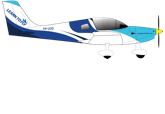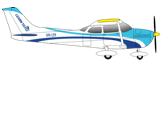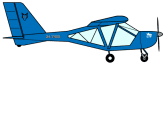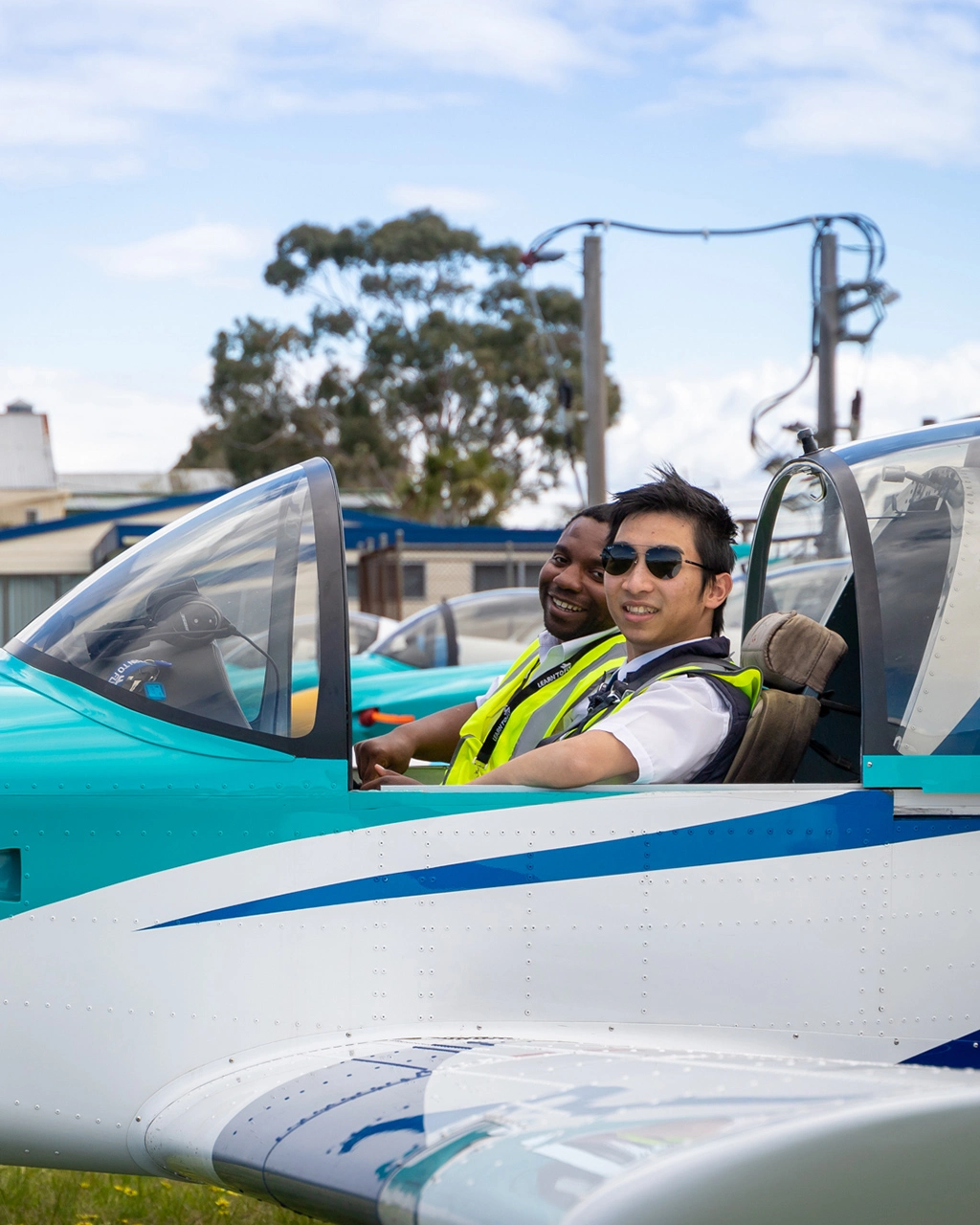
January 10, 2025
What Type of Planes Will I Get to Fly While Doing Flight Training?
Flight training opens the door to an exhilarating world of aviation, offering hands-on experience with a variety of aircraft. The type of planes you’ll fly depends largely on the training program, certification level, and the flight school you attend.
Here’s an in-depth look at the aircraft you might encounter during your journey, tailored for aspiring pilots pursuing courses like a pilot course in Singapore or a flight instructor course in Australia.
Initial Training: Single-Engine Trainers
Most flight training begins with small, single-engine piston aircraft. These planes are cost-effective, reliable, and designed for learning foundational flying skills. Popular models include:
Cessna 172
The Cessna 172 is a mainstay in flight schools worldwide. Known for its forgiving handling characteristics and durability, it’s an ideal choice for beginners. It features:
- High-wing design for better visibility.
- Stable flight characteristics, make it perfect for practising basic manoeuvres.
- Advanced avionics in newer models, offering an introduction to modern cockpit systems.
Piper PA-28 Series
The Piper Cherokee and Archer are low-wing counterparts to the Cessna. These planes help students understand different aerodynamic principles associated with low-wing designs, preparing them for diverse flying conditions.
Diamond DA40
Used for cross-country and instrument training, the Diamond DA40 offers:
- Greater speed and range compared to the 172.
- A higher payload, simulating real-world operations.
Beechcraft Bonanza
Known as the “doctor killer” for its earlier high-performance models, the Bonanza is now a refined and reliable training platform. It offers experience in handling more powerful engines and complex flight dynamics.
Multi-Engine Training: Twin-Engine Aircraft
When progressing to multi-engine ratings, pilots gain experience with twin-engine planes. These aircraft provide valuable insights into handling asymmetrical thrust and mastering emergency procedures.
Piper Seminole
A popular choice for multi-engine training, the Piper Seminole:
- Has twin engines with counter-rotating propellers, reducing torque effects.
- Provides hands-on experience with engine-out scenarios.
Diamond DA42
A modern option, the Diamond DA42, features:
- Diesel engines for fuel efficiency.
- Advanced avionics suites like Garmin G1000, prepare students for technologically advanced cockpits.
Advanced Training: High-Performance and Turboprop Aircraft
For aspiring pilots enrolled in programs like the Flight Instructor Course Australia, advanced training typically involves flying single-engine training aircraft such as the Diamond DA40, Cessna 172, or Sling. These aircraft are selected for their reliability, maneuverability, and suitability for foundational training. Turboprop aircraft are introduced only for specialised turboprop training.
Diamond DA40
The Diamond DA40 is a modern training aircraft known for:
- A composite airframe that enhances durability and efficiency.
- Glass cockpit avionics systems, including Garmin G1000, for advanced situational awareness.
- Low operating costs, making it ideal for prolonged training.
Cessna 172
As one of the most widely used training aircraft globally, the Cessna 172 offers:
- A stable and forgiving design, perfect for teaching new instructors critical skills.
- Conventional avionics or glass cockpit configurations, allow a smooth transition to advanced systems.
- Dependability for repetitive flight training scenarios.
Sling Aircraft
The Sling series, lightweight and modern, is gaining popularity for:
- Fuel efficiency and lower emissions.
- Advanced avionics, ensuring a seamless progression into complex aircraft.
- A responsive handling experience, enhancing student confidence.
Turboprop Training
For students advancing to turboprop operations, aircraft like the Beechcraft King Air are introduced. Turboprop training focuses on:
- Operating pressurised cabins.
- Managing high-altitude and multi-engine systems.
- Handling the increased complexity and power of larger aircraft.
This structured approach ensures pilots are prepared for both instructional roles and future professional flying opportunities.
Jet Training: Stepping Into Commercial Aviation
For pilots pursuing career paths through advanced programs, jet training marks the pinnacle of their flight education. Jet aircraft training is mainly provided through flight simulators, not real aircraft.
Cessna Citation
The Citation series offers exposure to jet operations, focusing on:
- High-speed navigation.
- Jet engine management.
- Operating within controlled airspace at higher altitudes.
Flight School Offerings
Different flight schools emphasise varying training philosophies. Research schools offering a fleet that matches your goals, such as modern glass cockpit trainers or multi-engine planes.
Navigating Challenges in Training
Adapting to New Aircraft
Switching between planes requires adaptability. Each aircraft has unique handling characteristics, and understanding these differences is crucial for a successful transition.
Balancing Costs
Advanced training on turboprops or jets can be expensive. Students should budget accordingly and seek scholarships or financial aid if available.
A Diverse Flight Experience
Flight training offers a progression through diverse aircraft, each tailored to specific learning objectives. Whether starting in a Cessna 172, advancing to a Piper Seminole, or training in a simulator for commercial jets, every step provides essential skills.
For aspiring aviators in programs like the pilot course in Singapore or the flight instructor course in Australia, this journey not only builds proficiency but also instils confidence to handle the challenges of professional aviation. By choosing a reputable flight school with a well-rounded fleet, you can ensure a comprehensive and rewarding learning experience.


